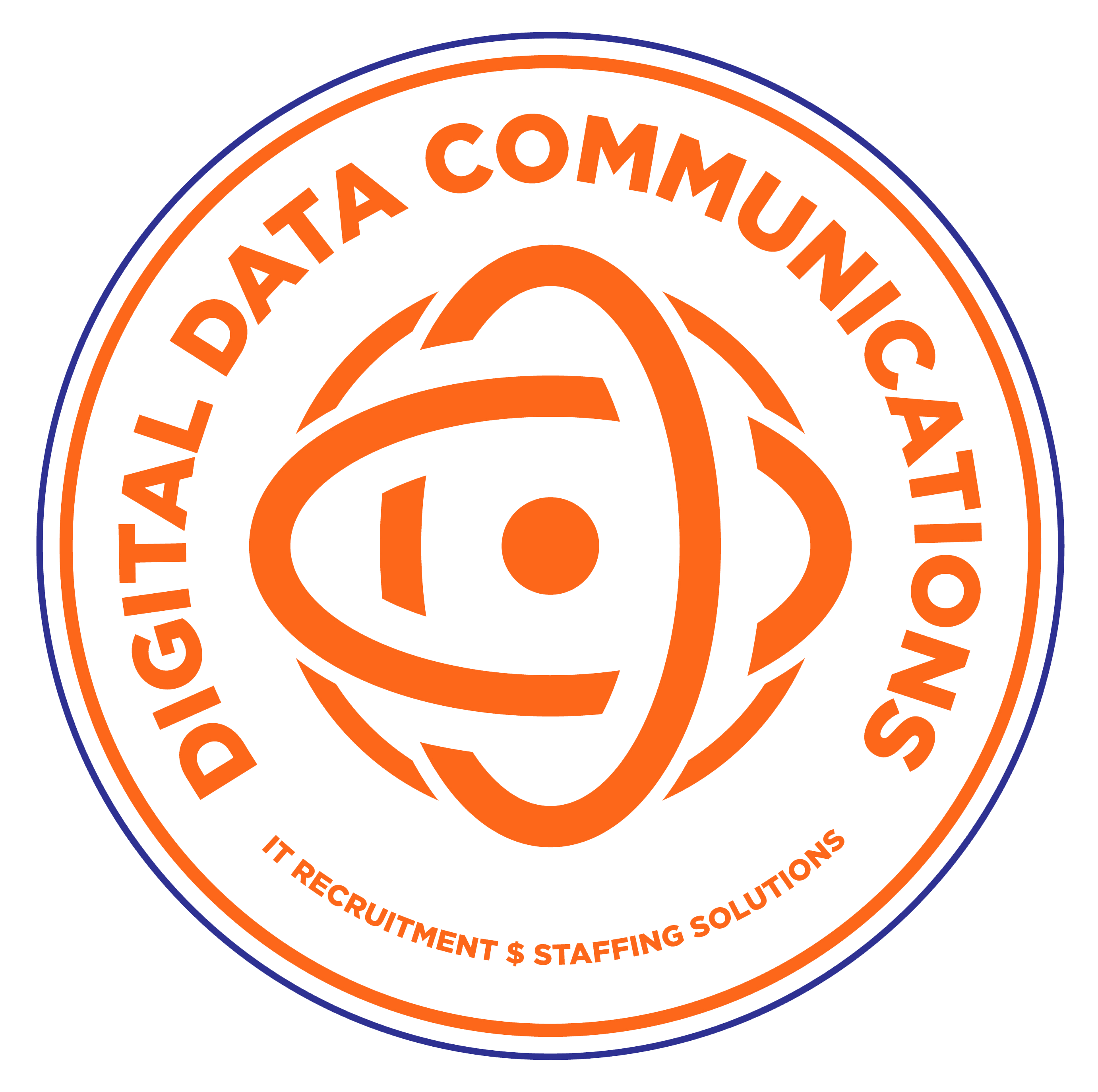Enterprise Resources Planning
Overview
ERP is a package software solution that handles the enterprise demands of an organization by firmly melding various functions of an organization utilizing a method view of the organization. ERP software is all made generic software; it is not tailor-made for a typical firm. ERP software comprehends the requirements of any organization within a distinctive industry feature. Most of the methods executed in ERP software are core processes such as order processing, order culmination, shipping, invoicing, production planning, BOM (Bill of Material), purchase order, general ledger, etc., that are familiar to all industry segments.

Enterprise Resources Planning
Why ERP Is Important
ERP offers the spine for an enterprise-wide information ecosystem. At the soul of this enterprise software is a central database that pulls data from and inputs data into modular applications that function on a typical computing forum, thus regularizing business processes and data definitions into an integrated environment. With an ERP system, data is required to be fed only once.
The system offers coherence and transparency all over the enterprise. A fundamental advantage of ERP is the effortless key to trustworthy, unified data. A corresponding benefit is the elimination of duplicative data and the rationalization of processes, which result in significant cost savings.
ERP Services
Accounting
ERP Accounting package. Organizations would like deeper access to ERP info that’s a method on the far side of the reach of sales, and client service departments.
Project Management
ERP software products are designed to help companies control, monitor and coordinate activities in all of their locations.
Supply Chain
ERP automates demand planning, creating demand upon receiving orders. When an order is received, the software implements schedules.
Risk Management
ERP risk management looks at how to best manage risk in an ERP implementation project by identifying the most significant risk factors.
Key Roles:
- High-performance storage systems store and duplicate information and embody a knowledge recovery system just in case of disasters.
- Low-latency networks use enterprise-level infrastructure elements to scale back the delay of data flow.
- Secure infrastructures embrace systems that manage info access and information accessibility. It can even safeguard a business against breaches and cyberattacks where the information is.
- WANs manage the network by prioritizing traffic and giving sure applications a lot of or less information measured as required.
- Virtualization provides quicker server provisioning, will increase time period, improves disaster recovery, and saves energy.
- Zero period of time aims to cut back disruptions to business operations and eliminate system period of time to stay prices down and profits up.
How ERP Work?

Open Source ERP
Open-source ERP solutions render companies with a willingly available source code base as an initiating point for their execution from which they can acclimate the code to fit their respective needs.

Cloud-Based ERP
Cloud-based ERP is a segment of business resource planning software and tools that are deployed and handled in the cloud by your vendor. With cloud deployment, you can concentrate on operating your business rather than IT administration.

Hybrid ERP
Hybrid ERP is a hybrid approach that blends two various versions of ERP: on-premises ERP and cloud-based ERP. This 2-tiered technique lets companies adhere to what functions while also adjusting to growing trends in the world of applications.
We Are Here To Help You!
Contact us today to learn more about how Digital Data Communications can help your business thrive.
